Keeping Your Loved Ones Safe: Fall Prevention Tips for the Elderly
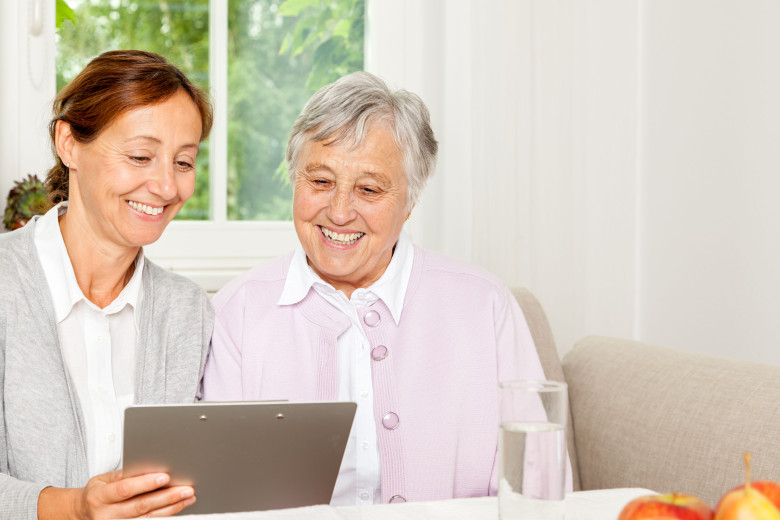
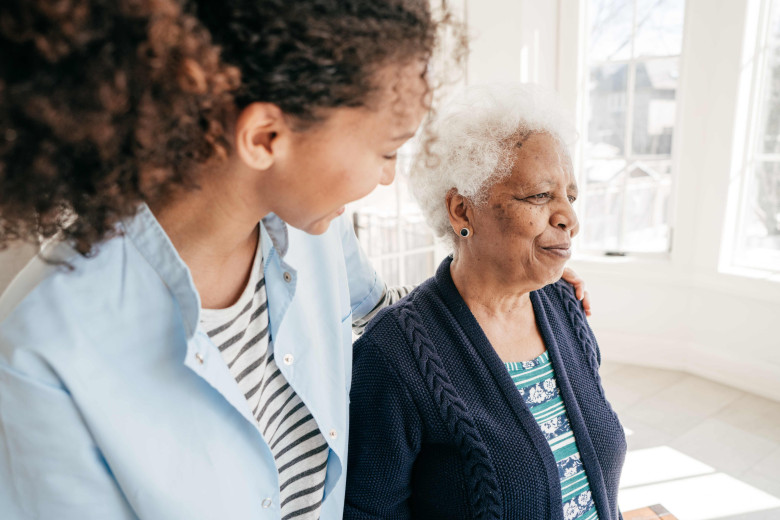
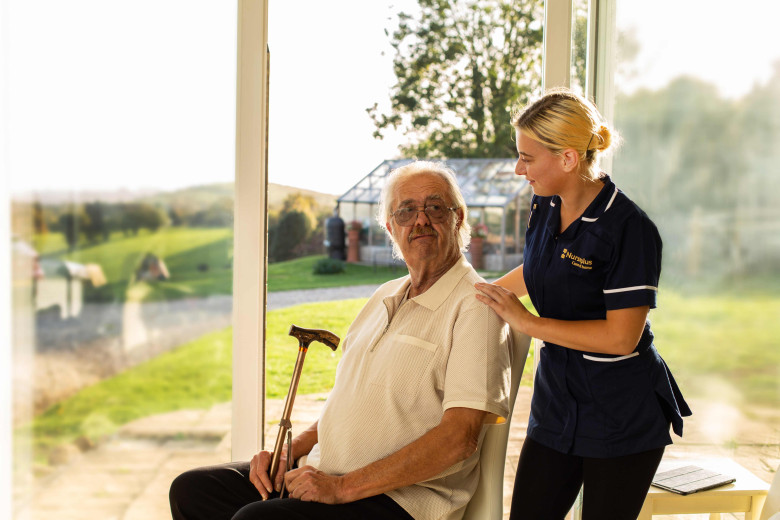
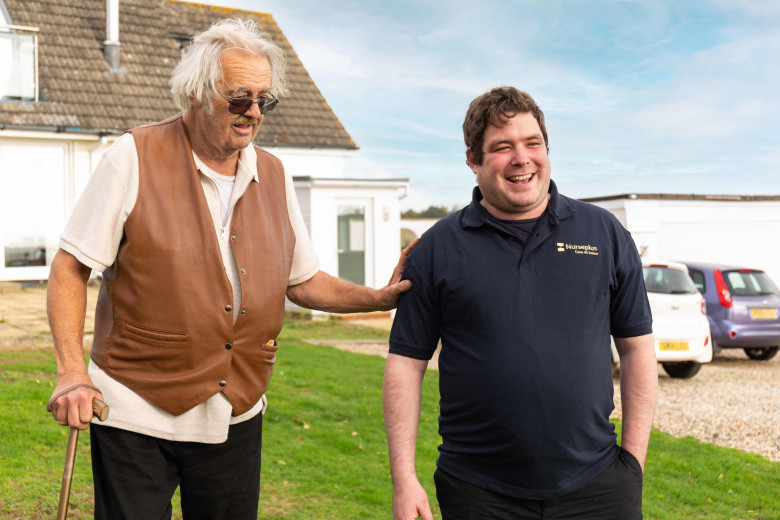

View Our Latest Articles!
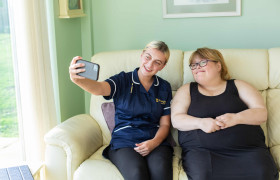
How to Transition From Care Home to Live-In Care
Learn how to smoothly transition from a care home to live-in care with our step-...
Find out more
World Mental Health Day 2024: The Importance of Mental Health and How Homecare Can Help
On World Mental Health Day 2024, explore the importance of mental health and how...
Find out more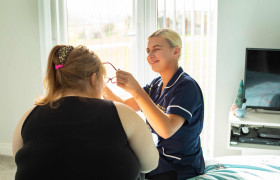
3 Signs That Your Loved One Needs Live-In Care
Discover the key signs that your loved one may need live-in care, including decl...
Find out more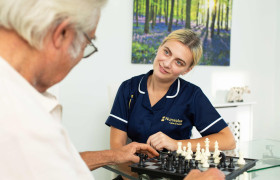
International Happiness at Work Week
It’s International Happiness at Work Week on the 23rd to the 27th of September 2...
Find out more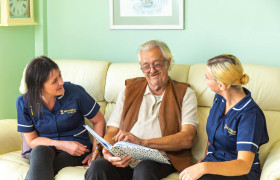
Live-In Care vs Care Homes: Which Is the Right Choice for Your Loved One?
Discover the differences between live-in care and care homes. Learn why live-in...
Find out more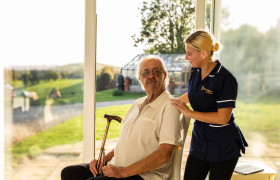
Does My Loved One Need Additional Care?
For those who spend more time with their loved ones over the summer holidays, it...
Find out more